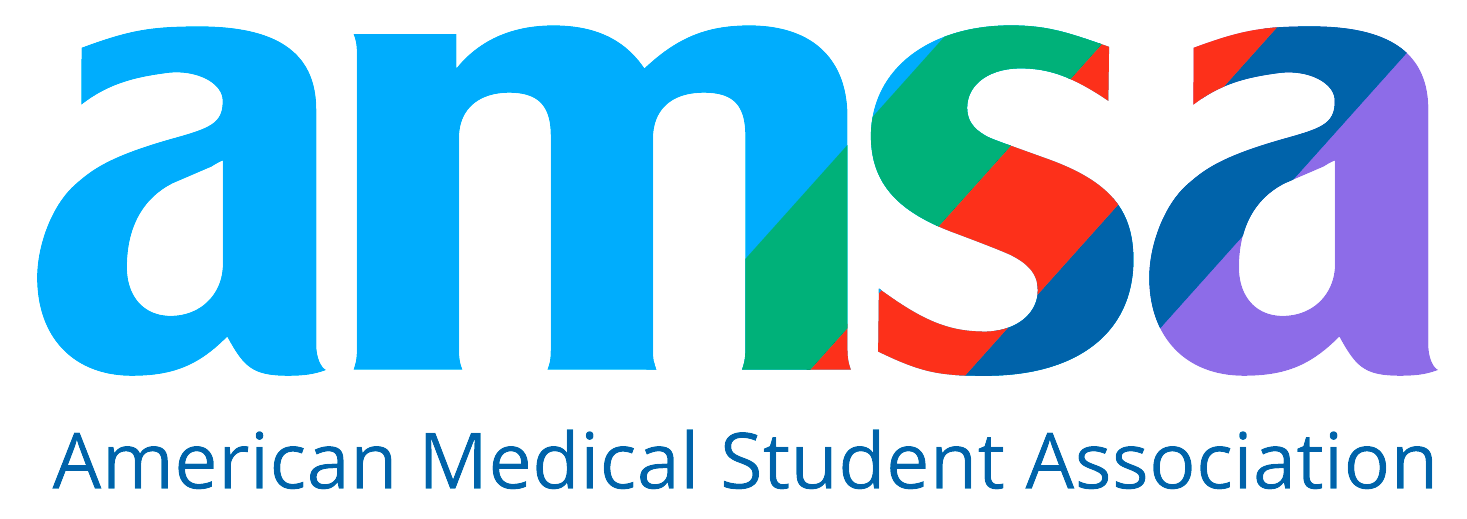Pathway to Becoming an Anesthesiologist Assistant in 2025: Education, Licensing, and Career Insights
Go-Elective Abroad
Pathway to Becoming an Anesthesiologist Assistant in 2025: Education, Licensing, and Career Insights
The medical field offers countless rewarding paths, and one growing in demand is that of the anesthesiologist assistant (AA). This guide outlines how to become an anesthesiologist assistant in 2025, including academic requirements, licensing, and certification – plus what you can expect regarding salary and job growth.
What Does an Anesthesiologist Assistant Do?
An anesthesiologist assistant is a highly skilled member of the anesthesia care team, supporting anesthesiologists to deliver safe and effective anesthesia services. From pre-operative patient assessments to intraoperative monitoring and post-operative care, AAs ensure patients receive comprehensive anesthesia management. Their advanced training allows them to perform technical tasks, including airway management and pharmacologic intervention.
Your Step-by-Step Guide to Becoming an Anesthesiologist Assistant
-
Earn a Bachelor’s Degree (Typically Science-Related)
The journey begins with an undergraduate degree in fields like biology, chemistry, or other health sciences. Your coursework should focus on anatomy, physiology, organic chemistry, statistics, and physics—subjects that form a strong foundation for future studies.
Tip: Go Elective’s pre-health internships can help you stand out by providing real-world patient exposure during your undergraduate years. Explore our pre-health internships in Kenya and Tanzania.
-
Gain Clinical Hours with Direct Patient Contact
Most AA programs require applicants to log significant clinical hours. While shadowing counts toward observation, hands-on roles such as EMT, CNA, or through programs like Go Elective’s pre-PA internships abroad in resource-limited hospitals offer highly competitive experiences.
-
Apply to an Accredited Master’s Program
Aspiring anesthesiologist assistants must pursue a Master of Science in Anesthesia or equivalent program accredited by the Commission on Accreditation of Allied Health Education Programs (CAAHEP). Programs typically last 24-28 months and combine intensive coursework with clinical rotations.
-
Complete Rigorous Clinical Rotations
Clinical training offers invaluable exposure across surgical specialties, including cardiovascular, pediatric, obstetric, and outpatient anesthesia. Many programs emphasize rotations in underserved or high-volume healthcare settings, which is where Go Elective’s experience in global health settings can give you a competitive edge.
-
Pass the NCCAA Certification Exam
Graduates must pass the National Commission for Certification of Anesthesiologist Assistants (NCCAA) exam to earn certification. Continuing education and recertification every six years are required to maintain active status.
Recommended Universities with Top Anesthesiology and AA Pathways
While there are several excellent AA programs across the U.S., aspiring students can also look at schools renowned for their anesthesia departments. Here are standout institutions to consider:
-
Emory University – Atlanta, GA
Offers a dedicated Anesthesiologist Assistant program with a strong clinical focus.
-
Case Western Reserve University – Cleveland, OH
One of the oldest AA programs, offering immersive clinical rotations.
-
Nova Southeastern University – Florida
Combines academic rigor with hands-on learning.
-
Duke University – Durham, NC
Highly respected for its anesthesiology education and leadership development.
-
University of Michigan – Ann Arbor, MI
Provides exposure to a broad array of specialties, including global health initiatives.
Pro tip: Pairing an AA program with a Go Elective internship abroad can help you develop cultural competence, which is highly valued in admissions and practice.
Accreditation, Licensing & Continuing Education Requirements
NCCAA Exam Overview
The NCCAA exam is a national certifying test covering core anesthesia science, pharmacology, and patient monitoring. Graduates must pass this before applying for state licensure.
State Licensure Process
Licensure varies by state. Most states require AAs to operate under anesthesiologist supervision and maintain NCCAA certification.
CME and Recertification
AAs must complete 40 CME hours annually and pass the Continued Demonstration of Qualification Examination (CDQE) every six years to maintain certification.
Anesthesiologist Assistant Salary and Job Outlook
The median AA salary in the U.S. is approximately $160,000/year, but professionals in high-demand regions or private settings can earn significantly more.
Factors affecting salary include:
- Experience: Senior AAs or those in leadership roles command higher salaries.
- Location: Urban and coastal areas may offer higher compensation.
- Workplace Setting: Private surgical centers tend to pay more than public hospitals.
Bonus Insight: International and underserved settings are increasingly hiring AAs to help close critical healthcare gaps, creating opportunities for cross-cultural experiences like those offered through Go Elective’s internships abroad.
Career Growth: Advancement Opportunities
- Senior AA Roles: Take on supervisory positions or specialize in pediatric, cardiovascular, or neuroanesthesia.
- Academic Pathway: Teach or mentor in AA programs.
- Leadership Roles: Transition to department manager or director within healthcare institutions.
- Research Contributions: Engage in clinical studies or new anesthesia techniques.
How Anesthesiologist Assistants Compare to Other Anesthesia Careers
Anesthesiologist Assistant vs. CRNA
- Background: CRNAs are advanced practice nurses, while AAs come from a pre-med background.
- Scope: Both administer anesthesia, but AAs always work under anesthesiologist supervision, whereas CRNAs may work independently depending on state laws.
Anesthesiologist Assistant vs. Anesthesiologist
- Training: Anesthesiologists are MDs or DOs who complete medical school and residency.
- Responsibility: AAs provide support, while anesthesiologists manage the entire anesthesia plan.
What Makes a Successful Anesthesiologist Assistant?
- Detail-oriented mindset
- Strong communication and teamwork skills
- Emotional intelligence and empathy
- Adaptability in high-pressure settings
Global health experiences, such as Go Elective’s East Africa programs, can sharpen your problem-solving skills and adaptability – traits valued by anesthesia teams globally.
Article Details
Categories
Recent Articles , Pre-health, Nursing Internships,
Author: Go-Elective Abroad
Date Published: May 7, 2025
Travel with us.
Inquire Today!
Go Elective offers immersive opportunities for medical students, pre-med undergraduates, residents, nursing practitioners, and PAs to gain guided invaluable experience in busy hospitals abroad. Discover the power of study, travel, and impact.






